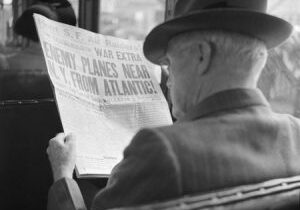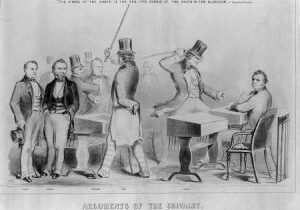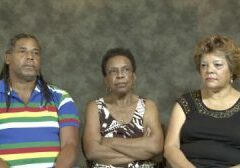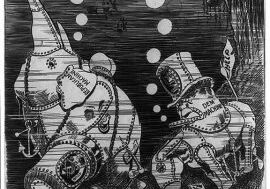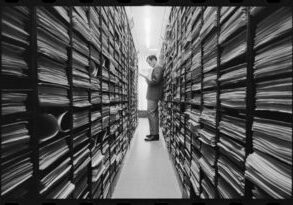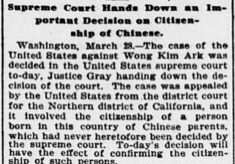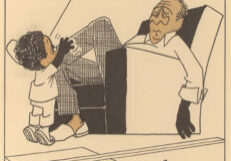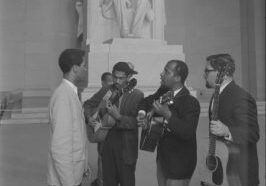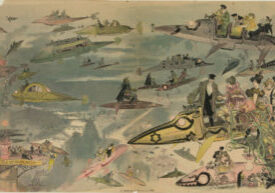Lesson Plans
Did the Attack on Pearl Harbor Unify America?
Students analyze oral history interviews recorded shortly after the attack on Pearl Harbor to investigate the perceptions of different groups of Americans and determine if this was an event that ultimately brought many Americans together. After students will look into a current issue where people may have perspectives that are being overlooked, conducting and sharing oral history interviews.
Did Charles Sumner Deserve It?
Students analyze primary sources to learn about one particular event in U.S. history in order to consider more broadly actions taken against slavery. After, students brainstorm alternative actions that might have been taken and use these as a springboard to researching a current event with starkly competing views and determining the cause of those supporting views.
Why is the Civil Rights Movement Taking So Long?
Students analyze oral histories to explore potential social, economic, and geographic barriers to achieving or promoting civil rights. After, students craft a response to the lesson's question in writing or video format.
How Well Do Our Parties Represent Us?
Students analyze primary sources to better understand the two-party political system in the United States through investigation of the manner in which political parties gained and nurtured constituents in the later 19th century and actions they took in the mid-20th century that brought satisfaction/dissatisfaction among constituents. After, students identify one significant reform either in electoral processes or at the party level that could result in greater responsiveness to the will of the people.
What’s the Problem with Patents?
Students analyze 20th-century primary sources to scrutinize patents over time. Next, students are introduced to the subject of bioethics and investigate contemporary biological patents. After, students participate in a debate about the ethics of medical research and patents.
Asian American & Pacific Islander Perspectives & Experiences
Students analyze a map to gain background knowledge of Asian American and Pacific Islander (AAPI) perspectives and experiences and read an historical newspaper article to launch further investigation into ways that AAPI individuals and organizations engaged as civic actors in U.S. history. Next, students consider how art and literature provide windows, mirrors, and sliding doors to AAPI perspectives and experiences. After, students create a digital artifact that reveals how a contemporary AAPI person is engaging civically and contributing to U.S. culture.
The Long Civil Rights Movement
Students analyze primary sources to investigate the long arc of the civil rights movement by examining economic and social conditions and actions that were taken prior to and after the passage of the Civil Rights Act of 1964. After, students interview a local civil rights activist and/or design an action plan to make their community aware of a contemporary civil rights issue.
Champions of Change
Students analyze a variety of primary sources to explore how African American song took root as a means of spreading the message of equality and as a critical part in unifying America in the struggle. After, students investigate the influence of contemporary music and musicians on memorializing the successes of the past and emphasizing the continuing need for equality today.
Making a Mark: Marching & Leaping Towards Reform
Students make connections between protest, reform, and legacy through investigation of the 1963 March on Washington, Martin Luther King Jr.'s “I Have A Dream” speech, the poem "Crossing" by Jericho Brown, and an excerpt of a conversation about leaving a legacy to your country with poet, teacher, and activist Sonia Sanchez. After, students consider civic actions they might take that would support the promise of American democracy.
Civic Actions to Impact the Future
Students make connections between the past, present, and future of the environment through their own imaginings, analysis of a primary source image, and the poem "Letter to Someone Living Fifty Years from Now" by Matthew Olzmann. After, students might assess waste or pollution in their school or local community, then consider actions they could take today to help positively impact the future by promoting environmentally friendly policies and/or programs.
